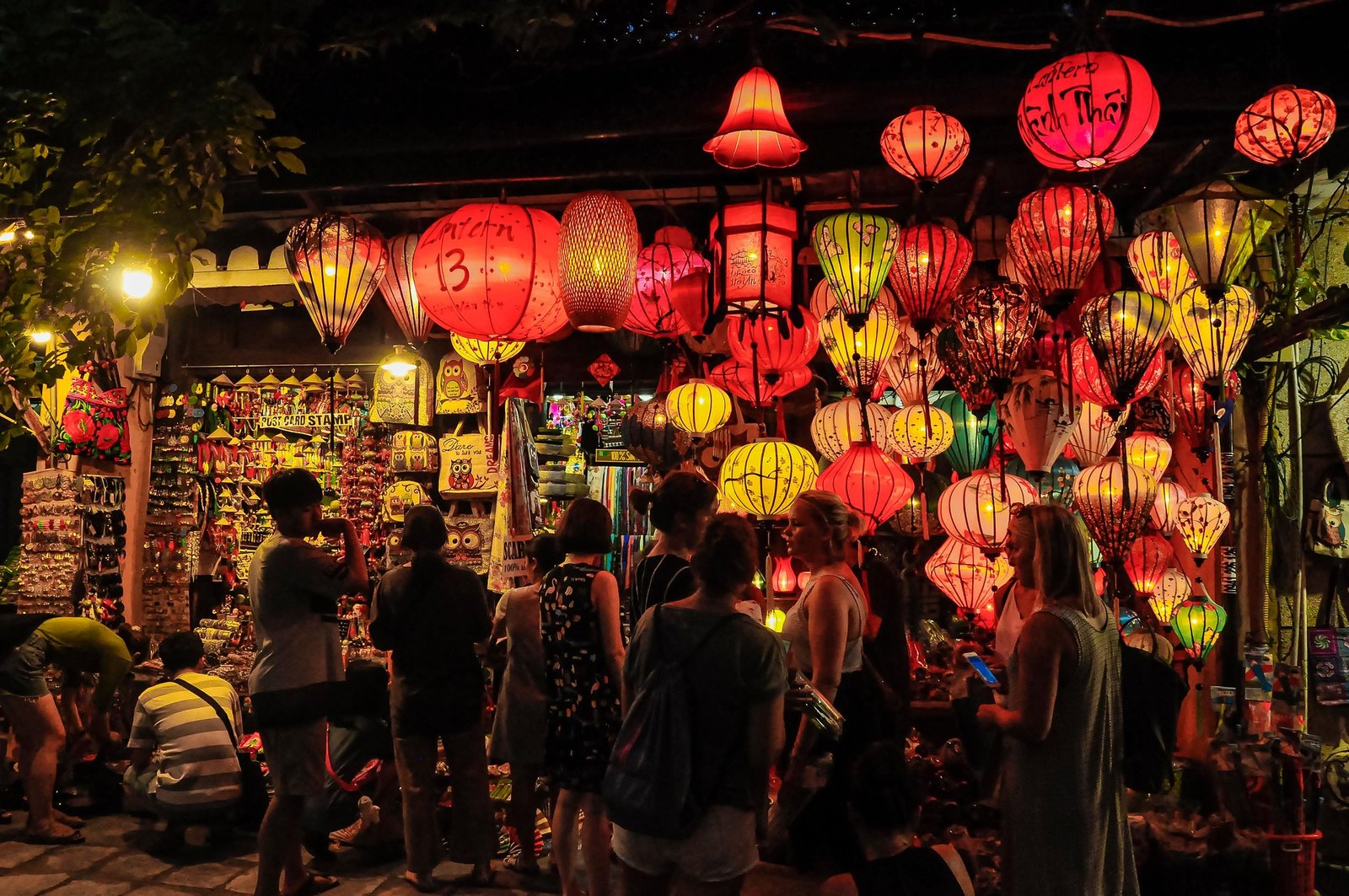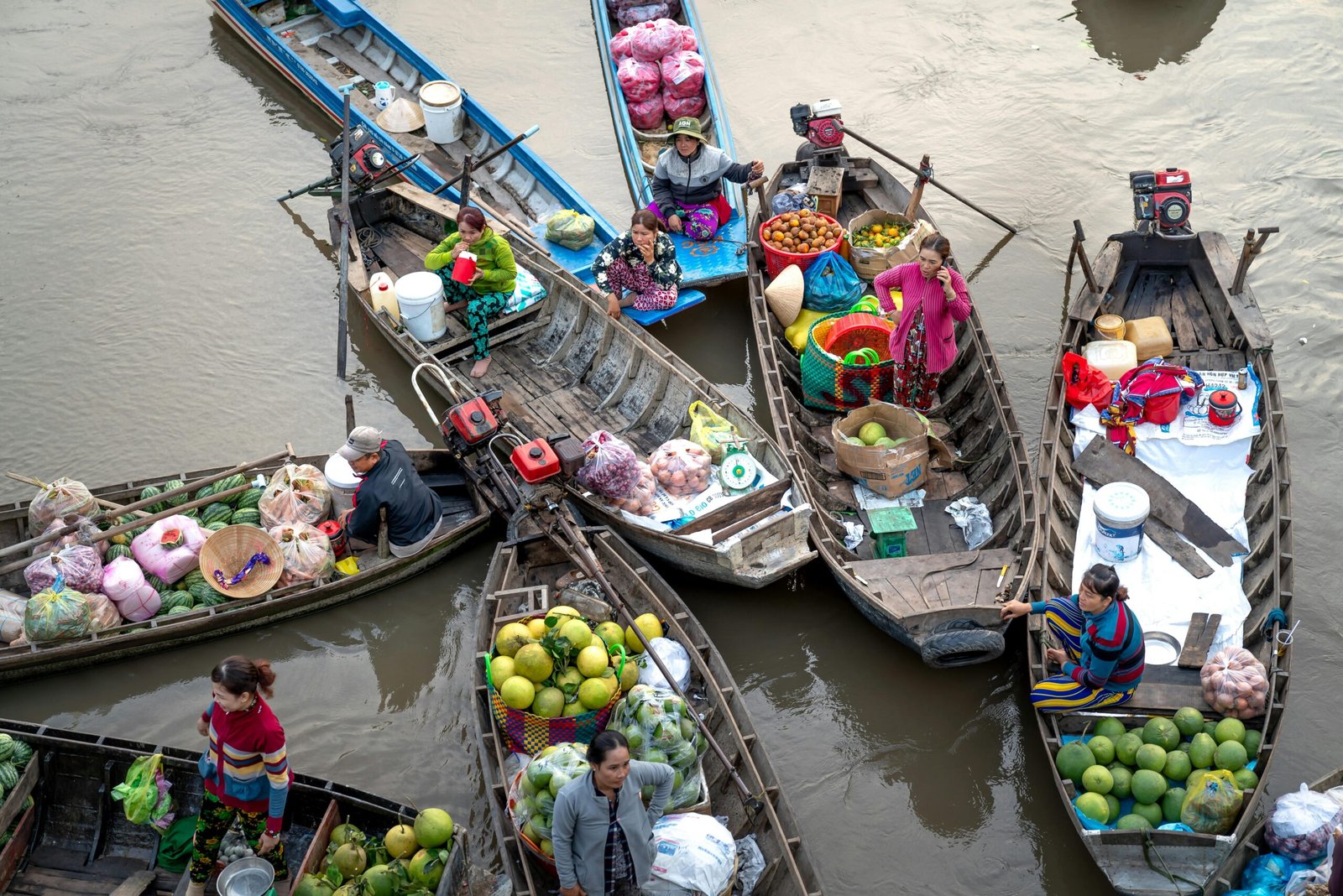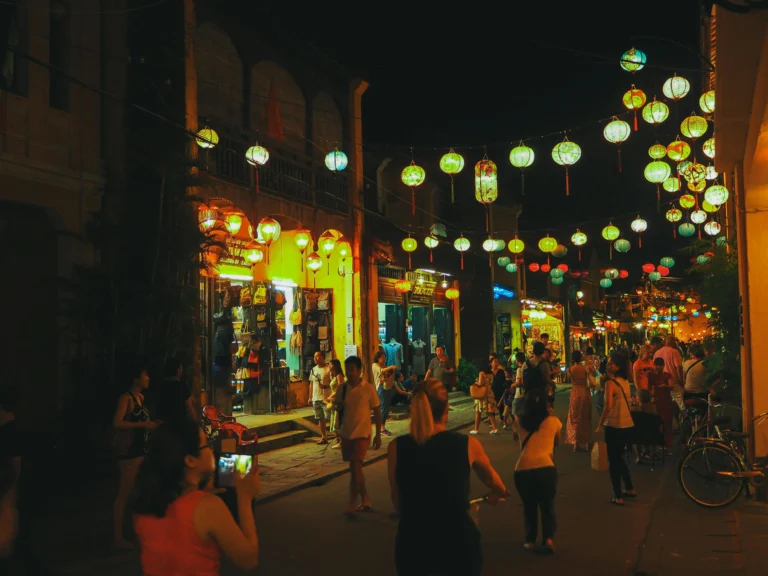Indochina Travel Guide
Essential tips for an effortless journey
Our Top 5 Experiences in Vietnam, Laos & Cambodia
Handpicked by our travel designers
Hoi An Old Town
A UNESCO-listed town where heritage meets modern elegance. By day, golden façades, riverside cafés, and designer boutiques capture the art of slow living; by night, lanterns reflect across the water in a scene of pure enchantment. Hoi An remains Vietnam’s most atmospheric destination—crafted for those who appreciate culture, beauty, and style in perfect harmony.

Mekong River Delta
Sail through coconut-lined waterways where life drifts gently along the riverbanks. Visit family workshops crafting coconut candy and woven mats, sip honey tea beneath lush orchards, and sample the Delta’s signature bánh xèo. As dawn breaks, the Cai Rang Floating Market bursts to life—a colorful ballet of boats, trade, and tradition. The Mekong offers a serene yet soulful portrait of Vietnam’s enduring river culture.

Title 3
Dawn rituals, quiet temples, and the Mekong’s gentle rhythm in Laos’s spiritual heart.

Title 4
Tiered turquoise pools and jungle trails—an idyllic Lao nature break.

Title &
First light at Angkor Wat followed by Bayon’s serene stone smiles and forested ruins.

Title 6
Golden hour on the river—stilt villages, pink skies, and life along the banks.

Must Try Food in Vietnam, Laos & Cambodia
Follow your appetite through morning markets, smoky street grills, and family kitchens
Phở Hà Nội
A clear, aromatic beef broth simmered overnight with star anise and cinnamon, poured over silky rice noodles and thin-sliced brisket. Bright lime, crisp herbs—Hanoi’s morning ritual.
Bún Chả
Charcoal-grilled pork belly and patties, dipped in a light, tangy fish-sauce broth with pickles and herbs, paired with cool vermicelli. Smoky, sweet, addictively balanced.
Laap (Larb)
Hand-chopped meat or mushrooms tossed with lime, mint, chilies, and roasted rice powder. Zesty, herbal, crunchy—pinched with warm sticky rice.
Or Lam
Luang Prabang’s forest stew—eggplant and mushrooms simmered with lemongrass, chilies, and pepperwood (sakhan). Earthy, gently spicy, deeply comforting.
Fish Amok
River fish steamed in banana leaf with coconut cream and kroeung spice paste—lemongrass, galangal, kaffir lime. Silky, fragrant, classically Khmer.
Num Banh Chok
Fresh rice noodles ladled with green fish curry and a garden of herbs and crisp veg. Light, aromatic—the Cambodian breakfast.
-
Hello world!
Welcome to WordPress. This is your first post. Edit or delete it, then start writing!
-
Blog 1 Test
Test
-
